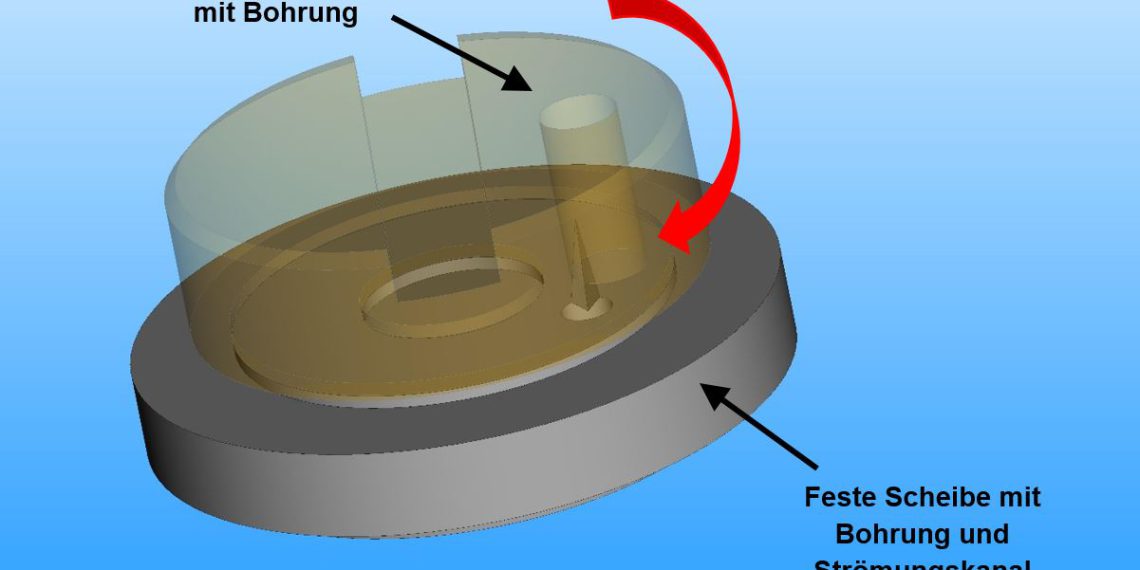Control valves are used in a wide range of capacity, from butterfly valves with a rated flow coefficient Kvs of more than 50.000 m³/h (enough capacity to fill an Olympic swimming pool within 3 minutes) down to microflow valves with less than 10-5 m³/h rated flow capacity. Such a microflow valve would need more than 20 hours to fill a glass of water.
Typically, microflow control valves are globe style valves with seat diameter 2 mm or less, where the plug either is a parabolic plug or a V‑notch type. The turndown ratio and control performance of such a valve is mainly dependent on the tolerances between plug and seat ring.
Besides of the challenge to produce such high-precision parts, it is beyond any discussion, that this kind of trim can be used on clean process fluids only and, due to the thermal expansion, only within a restricted temperature range.
Each slice has one or more bores for the flow passage. Normally the flow passage of such sliding gate valve is only open when the bores overlap. Especially with small rated flow coefficient (means small bores) this results more or less in an on/off characteristic of the valve. In this new design one of the slices is equipped with a tangential flow channel, which leads and expands into the bore of this slice. This enables a smooth control behaviour with sufficient opening angle (more than 60 degrees).
Although the valve plug movement is quarter-turn, a standard globe valve housing DN 15 — 25 (ANSI ½“ to 1“) rated PN16 — PN 250 (ANSI Class 150 – 1500) is used. This makes the design economic and allows changing from a standard valve to the new design, even at an existing valve. First flow characteristic and critical flow factor FL measurements up to 150 bar differential pressure have proven the performance of this approach, even under pressure drop up to 250 bar.
Biogas technologies for production of biomethane
The untapped feedstock potential for biomethane production in Spain is very large as the country has a very strong food...
Read more
















